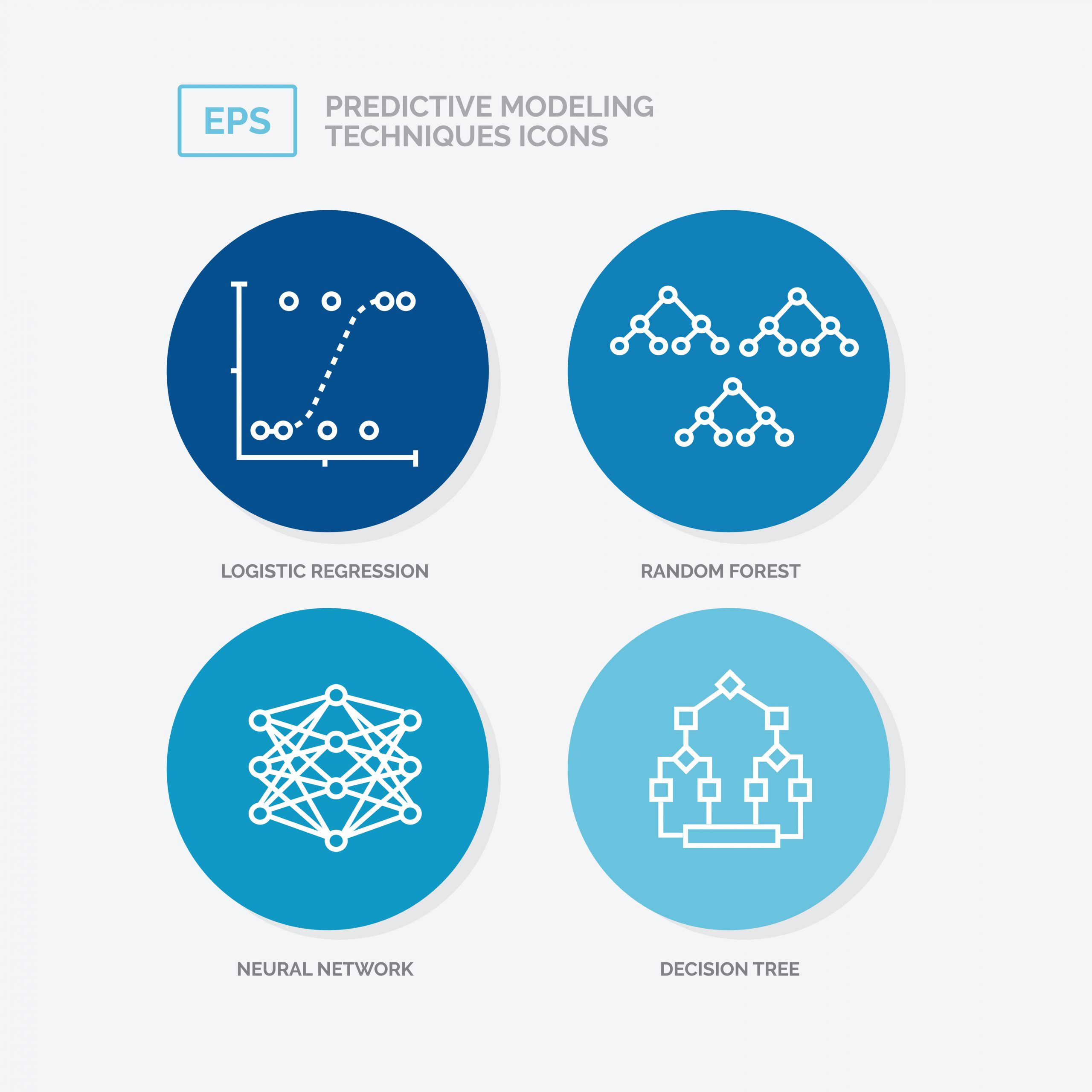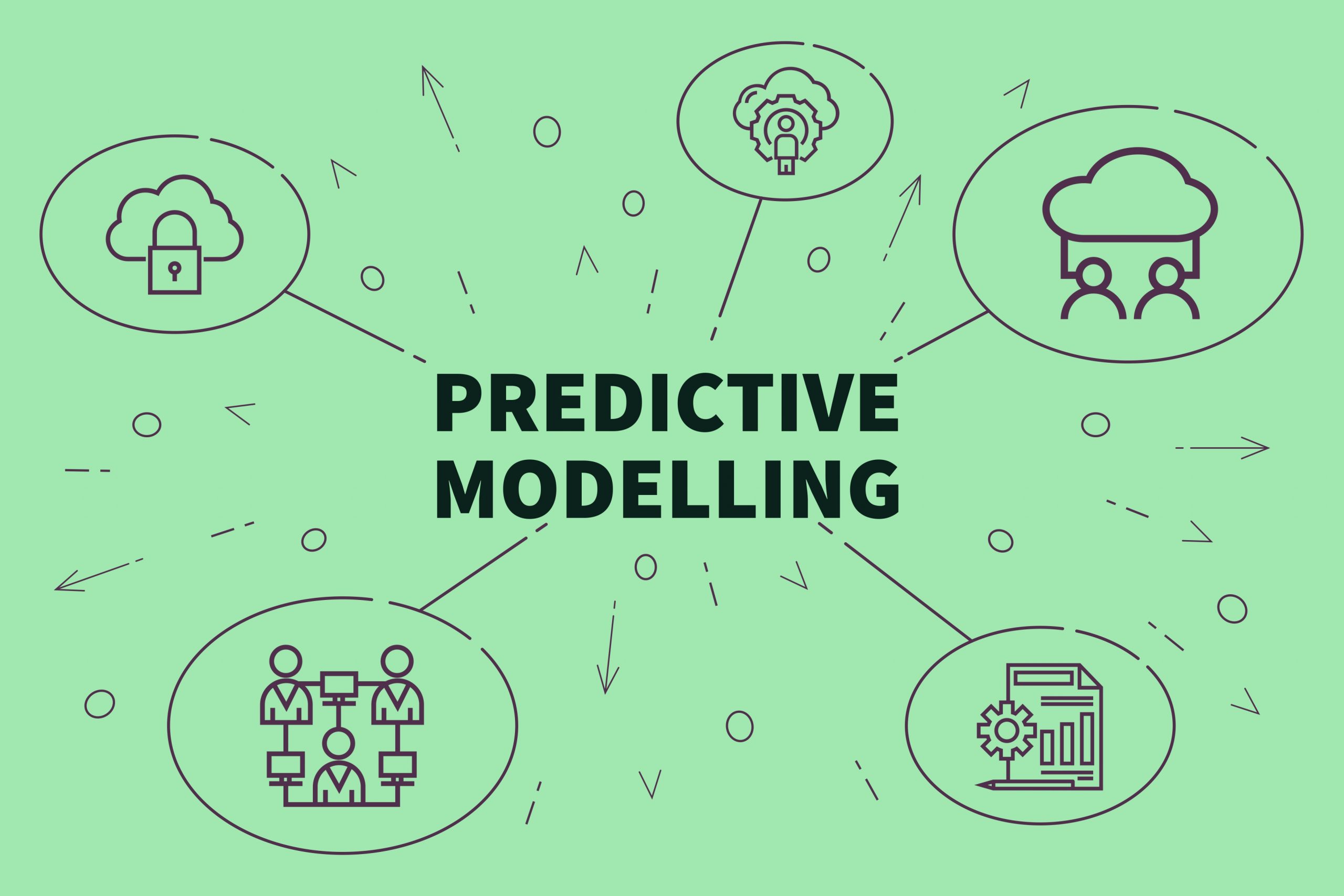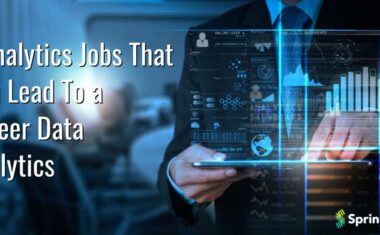What Is Predictive Analytics?

In this article
Organizations rely on Big Data to make sense of the data they take in from business processes. Predictive analytics helps companies make better decisions and find new opportunities for growth.
If you have a head for figures and a desire to use computer science to find actionable information from piles of data, data analytics may be an optimal career path.
What Is Predictive Analytics?
Predictive analytics is a subcategory of data analytics focused on analyzing historical data using statistical modeling, machine learning, and data mining. Companies use information gleaned from the research to make future predictions. Many organizations today hold tons of data that aid their business decision-making.
Algorithms help data analysts find patterns in seemingly disconnected data sets and figure out trends. The techniques used include:

- Linear and non-linear regression
- Neural networks
- Decision trees
- Text analytics
As a subclass of data analytics, Predictive analytics often goes hand-in-hand with prescriptive analytics, science used to make recommendations to an organization to help it achieve desired business objectives.
Get To Know Other Data Analytics Students
Bart Teeuwen
Global Business Analyst, Global Talent Intelligence (GTI) at Meta
Yogita Nesargi
Data Engineer at Deloitte
Joel Antolijao
Data Analyst at FanDuel
Why Is Predictive Analytics Important?
When properly leveraged, predictive analytics can help companies come up with more efficient ways of doing business. Predictive analytics represents an opportunity to turn the mountains of data collected by organizations into an asset. When properly leveraged, the discipline shows companies how to make their business process more efficient, and it opens up opportunities that might give them an advantage over competitors.
Making the customer experience better has become a focal point for many companies. Predictive analytics plays a big role in a business’s ability to improve its relationship with consumers while learning more about what they want.
To that end, data analysts often receive requests to develop models that assess customer behaviors and examine their interactions with a company to figure out their likes and dislikes. Businesses can use that information to refine services or come up with new products designed to increase sales.

With predictive analytics tools, companies can develop more effective solutions to complex problems. Many organizations rely on predictive analytics to assist with fraud detection and locate security issues that might leave them vulnerable to cyber threats. Other ways of applying the science include figuring out when to restock supply or the best time to launch a marketing campaign.
It takes time to create effective models that benefit companies. Predictive analytics isn’t a quick-fix solution but a process that requires patience and complete buy-in from high-level executives. Businesses should look for qualified analysts capable of leveraging the technology to suit the needs of the organization.
What Are the Benefits of Predictive Analytics?

Predictive analytics gives organizations more accurate insights into the future. With the right predictive models, companies can find ways to bring in more sales by identifying the most promising leads. Analyzing the behavior patterns of customers shows businesses how they can make customers happy and build up loyalty to the company’s brand. Accurately forecasting the future direction of the industry through predictive analytics can help a business make sound decisions that position the company as an industry leader.
Instead of repeating past mistakes, organizations can review data from the past to make smarter choices about future business strategies. That includes looking through past customer reviews, feedback from business partners, and input from workers about past company initiatives.
How Are Companies Using Predictive Analytics?

Many retailers rely on predictive analytics to manage upcoming shipping schedules, figure out optimal inventory levels, and set up store layouts to look more appealing. Hospitality businesses use the technology to forecast how many guests they can expect during a given season to make the best use of available space and generate maximum revenue.
Predictive marketing analytics helps marketers create more targeted marketing campaigns to appeal to core audiences. The tools highlight opportunities to upsell customers on products and services in which they’ve expressed an interest. Predictive analytics aids companies with customer relationship management by showing them how to lend a personal touch to interactions and make customers feel valued.

The healthcare industry has become one of the biggest adopters of predictive analytics technology. They use it to:
- Figure out the best way to allocate facility resources
- Optimize staffing levels
- Identify at-risk patients with conditions like asthma or diabetes who might require readmission
More industry-specific examples of the benefits of predictive analytics include:
- Helping the aerospace industry with operation functions like aircraft maintenance
- Giving automotive companies insights into the safety of different vehicle components when coming up with future manufacturing plans
- Providing retail stores the ability to track which incentives worked best in driving sales
- Guiding law enforcement on which neighborhoods might need more protection during specific periods
Spending on predictive analytics is expected to grow by 24.5% between 2020 and 2025, from $7.2 billion to $21.5 billion respectively. Among health care executives, 60% say they use predictive analytics within their company. These are just some examples of how organizations are growing more reliant on predictive analytics.
What Is the Job Demand for Predictive Analytics?
While the U.S. Bureau of Labor and Statistics doesn’t provide exact details for predictive analytics specialists, it does note that careers tied to computer and information research are expected to grow at a rate of 15% over the next decade.
With the way so many organizations have come to rely on data to drive business decisions, the future appears bright for anyone willing to learn the skills required to become a predictive analyst. According to Glassdoor, the average pay rate for the profession is $71,038. That tracks closely to what the BLS lists for market research analysts at $65,810.
Since you’re here…
Considering a career in data analytics? We can get you there. Don’t take our word for it – check out our student reviews. After just 6 months of study in our fully flexible Data Analytics Bootcamp, we’ll boost you into a job in the field, guaranteed. Get started now with our free data analytics curriculum.





